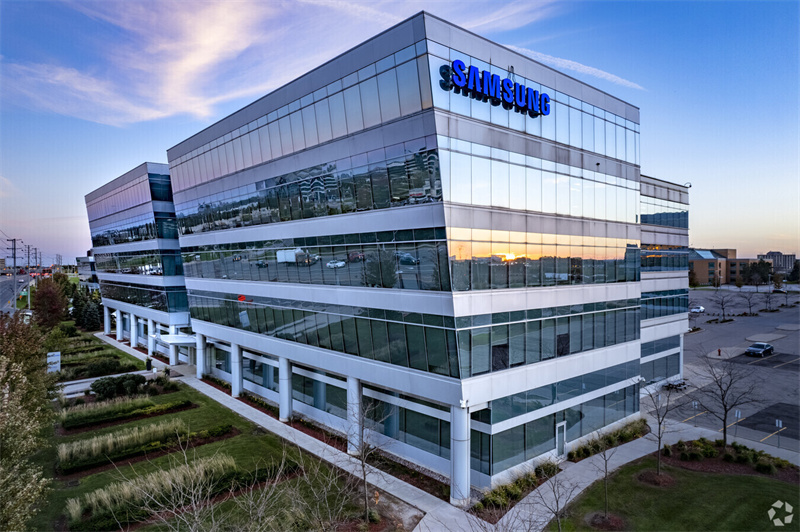In 2024, Samsung Electronics reduced its foundry capital expenditure (CapEx) by more than half, cutting it to ₩5 trillion ($3.5 billion) from ₩10 trillion ($7 billion) in 2023, according to TrendForce, citing SEDaily. The sharp reduction contrasted with competitors like TSMC and Intel, which increased their investments to meet growing demand for advanced semiconductor manufacturing.
Reduced Spending Amid Challenges
Samsung’s decision reflects declining client demand and efforts to improve efficiency. The company has faced setbacks, including delays in advanced manufacturing processes, low yield rates, and declining utilization at its 4nm–7nm lines in Pyeongtaek, where usage reportedly fell by over 30%.
Focus on Facility Upgrades
Rather than expanding capacity, Samsung is prioritizing upgrading existing facilities:
● At Hwaseong S3, a portion of the 3nm line will be upgraded to 2nm by 2025, requiring minimal investment.
● At Pyeongtaek P2, a 1.4nm test line with a capacity of 2,000–3,000 wafers per month is planned by late 2025.
● Smaller upgrades are also planned at the Taylor plant in the U.S.

Rivals Ramp Up Spending
By contrast, TSMC will boost its CapEx to $38–$42 billion in 2025, with 70% allocated to advanced processes like 2nm (N2), set for mass production in late 2025. Similarly, Intel is increasing CapEx to $12–$14 billion in 2025 to support its 18A process and next-generation nodes.
Strategic Risks
Samsung’s conservative investment strategy focuses on optimizing existing operations, but it risks falling behind TSMC and Intel in the race to dominate advanced nodes. While cost-efficient in the short term, the reduced spending could limit Samsung’s ability to compete for leadership in the foundry market.
+86 191 9627 2716
+86 181 7379 0595
8:30 a.m. to 5:30 p.m., Monday to Friday
